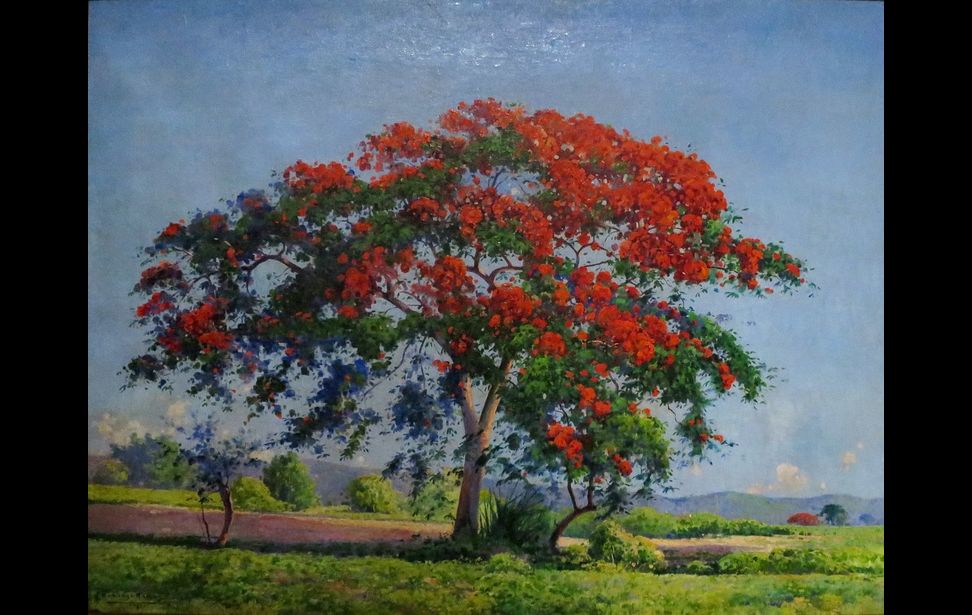Drawing Procedures Of Direct Painting
By jerryailily
Drawing method of direct painting and classical painting in the program also has the very big difference. Direct painting must come to the point which could immediately reflect the black, white and gray layout and the overall color effect, and then on this basis make gradually in-depth. Direct painting will not leave the following steps:
One, draft Use charcoal to outline the object in the canvas and properly deal with the rough sketch. Some artists directly use with cooked brown with a little cool color, or ultramarine by turpentine diluted directly onto the canvas to complete this procedure. Because Brown is an intermediate color, so it is easy to coordinate with any other color. Colors like ultramarine (some artists also use green, dark red and brown) will leave some residual broken lines after the completion of works and show a special color effect.
Two, enlarge the tone A relaxed and fuel dilution approximation and the object color rapid relaxation of the painting paints a total sense of color. Note: the tone should be a little stronger than the final contrast. In this step, color should not be drawn too thick. The whole tone should be taken a little ahead of the volume and painted a bit brighter. With the constant depiction, various grey come very naturally to bring the "fire" hue relations to be just perfect.
Three, deep depiction After the slightly volatile of the turpentine, use thick pigment gradually on the screen for further characterizations. If possible, try to prolong the operation time as much as possible. This should be well planned and step by step to complete. For instance, if face is drew today, then other places should not move; if hand is painted tomorrow, other places apart from hand only keep the background color painted in enlarging the tone. Thick colors in places uncompleted within one day should be scraped by painting knife. Until they are basically dry, painting can be continued to avoid the absorption of oil. Oil painting should be paid attention to the thick light color, but the dark generally shall be painted thin.
Four, the overall adjustment Oil paintings have rich details after several completions. Some details may have been beyond the predetermined requirements. Removing unnecessary details, adjust the overall relationship to make the entire screen with actual situation and a more prominent main part.
With the rise of modern industrial civilization, painting materials of Western painting have been completely out of handmade stage. Especially in the past ten or twenty years due to the rapid development of modern technology, the new painting materials of various properties are constantly emerging and many oil painting materials are unheard of before. All kinds of drying oil, quick-drying paint and water paint can make all kinds of thick, thin, coarse, fine and different base materials with quick drying and strong toughness. A variety of new materials has greatly enriched the expression of oil painting language and the painters can have no restrictions of any kind in the creation, only to consider how to achieve the best visual effect.
The rise and prosperity of modern art provide more new reference for people in the aesthetic and artistic activities. The use of synthetic materials, except the oil paint almost covering and containing everything material to create works of art, has been accepted by the majority of artists, and become a kind of natural choice. Sand, wood, cloth, paint, asphalt and prints can become the painting materials (including oil painting materials). This makes the strict painting largely have lost and losing the "hegemony" status in painting field. This is not only a crisis, but also a challenge to the stage of development , which is a new starting point.
, which is a new starting point.
Source: Articles Factory






